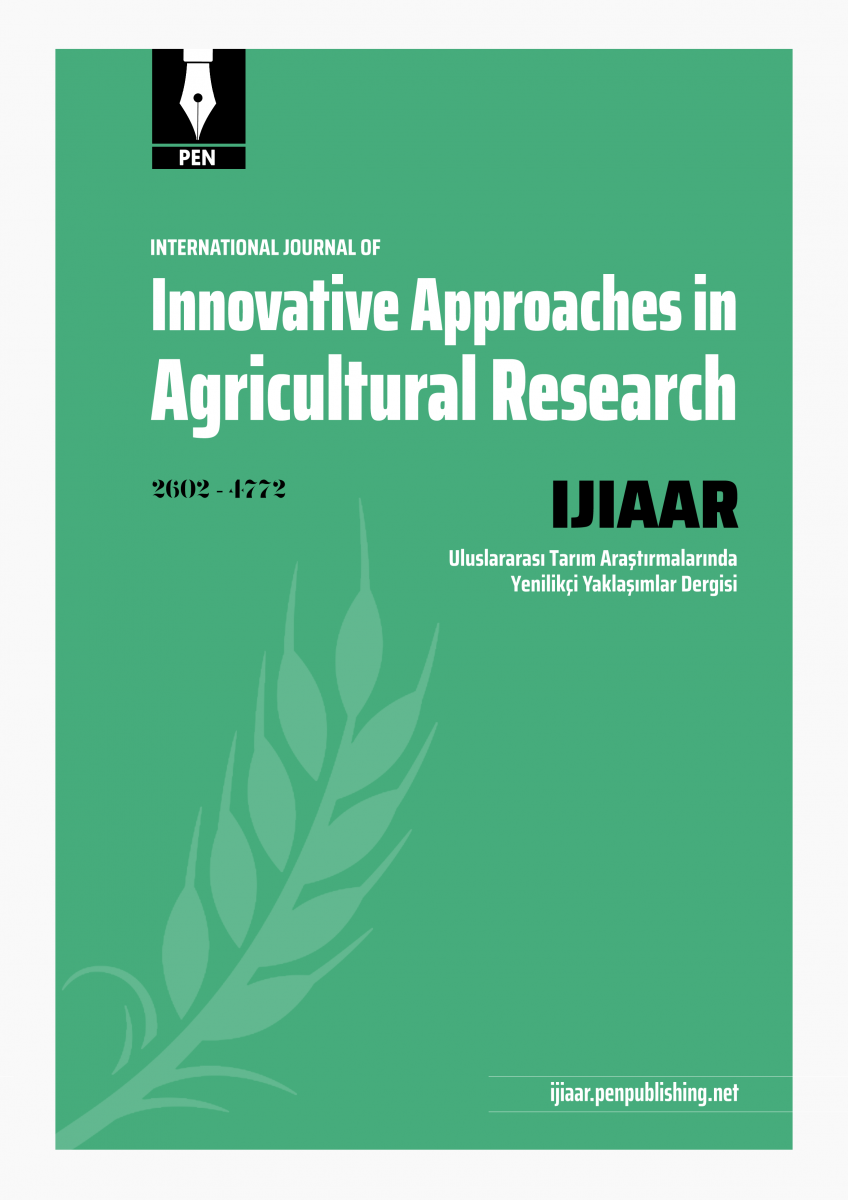Original article | Open Access
International Journal of Innovative Approaches in Agricultural Research 2019, Vol. 3(3) 376-384
Production of Trichoderma harzianum (127a and 127b) spores by Fermentation (LF and SSF)
pp. 376 - 384 | DOI: https://doi.org/10.29329/ijiaar.2019.206.3
Published online: September 30, 2019 | Number of Views: 222 | Number of Download: 753
Abstract
In order to produce a bio fungicide, two strains of Trichoderma harzianum (127a and 127b) were used.The results revealed that the mycelium multiplication of Trichoderma harzianum (127a and 127b) strains in liquid fermentation yielded a good mycelial mass (106 cells / ml), or the optimal conditions are a pH 5, a temperature of 30° C, and a medium of culture made of Malt extract and yeast extract. However, the more or less unfavorable conditions for the development of mycelium (FMS) favored the appearance of the spore form of our two antagonistic strains, which resulted in a smooth greenish powder at the end of the fermentation, on a solid medium.
Keywords: Trichoderma harzianum, liquid fermentation, solid-state fermentation, Wheat Bran.
| How to Cite this Article |
|---|
|
APA 6th edition Harvard Chicago 16th edition |
| References |
|---|
|

